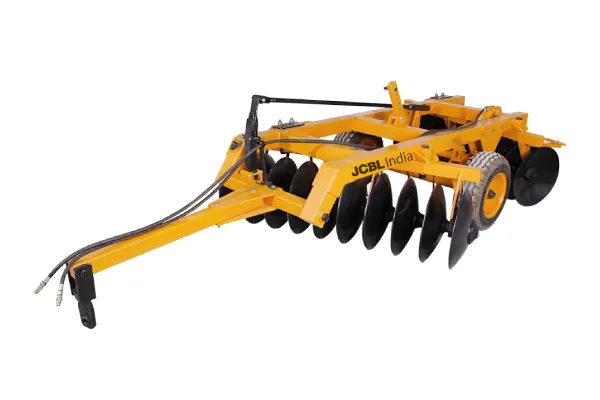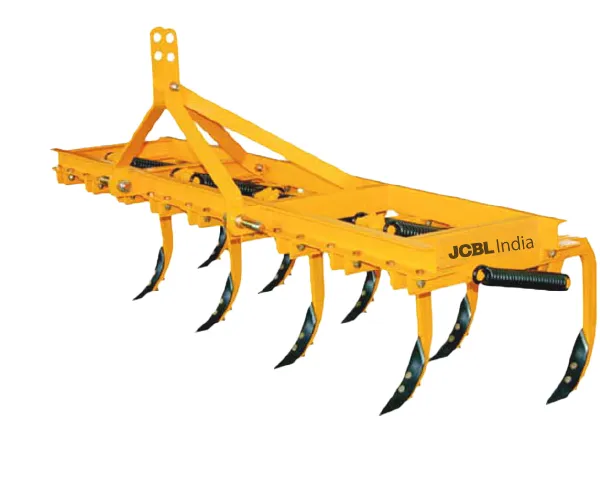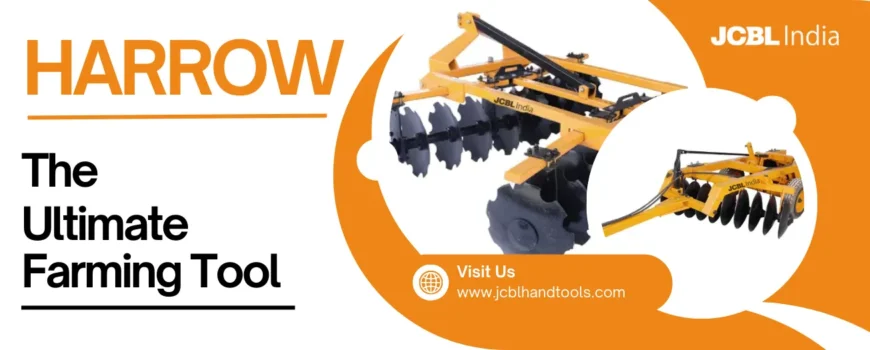Gardening and farming have always been integral parts of human life, shaping civilizations and sustaining communities. Among the plethora of tools developed over centuries, the harrow stands out as a fundamental implement for soil preparation. Whether you’re a seasoned farmer or a home gardener, understanding the harrow tool can significantly enhance your soil management practices and lead to more bountiful harvests.
What is a Harrow Tool?
A harrow is an agricultural implement used for breaking up and smoothing out the surface of the soil. Unlike plowing, which turns over the soil, harrowing is designed to refine the soil structure by breaking up clods, eliminating weeds, and creating a fine tilth suitable for seeding. Harrows come in various types and sizes, each suited for specific tasks and soil conditions.
History of the Harrow
The harrow’s history dates back to ancient times when simple branches were used to smooth the soil. Over centuries, harrows evolved in complexity and effectiveness:
- Ancient Harrows: Early harrows were basic tools made from tree branches. These rudimentary implements were dragged over fields to break up clods of soil.
- Medieval Advancements: By the Middle Ages, harrows had developed into more sophisticated wooden frameworks, often spiked or toothed.
- Industrial Revolution: The 18th and 19th centuries saw significant advancements with the introduction of metal harrows and horse-drawn models.
- Modern Era: Today, harrows are highly advanced, with designs ranging from simple hand-held models to large, mechanized versions used in commercial farming.
Types of Harrows
Harrows come in various types, each designed for specific soil conditions and tasks.
Disc Harrows

Disc harrows comprise concave discs set on edge at an angle, making them particularly effective for cutting up the soil and incorporating crop residues. They are excellent tools for preparing seedbeds, especially in heavy soil conditions where their robust design can break up large clods and manage significant residue.
Tine Harrows

Tine harrows feature long, flexible tines comb through the soil, making them ideal for light soil aeration, weed control, and covering seeds. Their gentle action on the soil structure makes them suitable for maintaining pastures and working with lighter soils. Tine harrows are versatile tools that can be used throughout the growing season to keep the soil loose and aerated.
Chain Harrows

Chain harrows are constructed from chains and spikes, providing versatility for both soil preparation and pasture maintenance. These harrows are easy to use and adaptable to various tasks, from smoothing soil surfaces to distributing manure and breaking up clods. Chain harrows are particularly effective for leveling soil and maintaining pastures, as they can cover large areas quickly and efficiently.
Spring Harrows

Spring harrows are equipped with flexible metal tines or springs that are best suited for light soil work, breaking up crusts, and incorporating seeds. Their design allows them to create a fine tilth, making them highly effective for preparing seedbeds and ensuring good seed-to-soil contact.
How to Choose the Right Harrow
Selecting the appropriate harrow depends on several factors:
- Soil Type: For heavy, clay soils, a disc harrow might be more effective. For lighter, sandy soils, a tine or chain harrow may be sufficient.
- Field Condition: Consider the presence of crop residues, weeds, and the level of soil compaction.
- Purpose: Determine whether you need the harrow for soil preparation, weed control, or pasture maintenance.
- Farm Size: Larger farms might require mechanized harrows, while smaller gardens can be managed with manual or smaller models.
At JCBL Agri, we specialize in manufacturing and supplying a range of high-quality harrows to meet the diverse needs of farmers.
Using a Harrow: Best Practices
- Preparation: Ensure the field is free from large stones and debris that could damage the harrow.
- Setting Depth: Adjust the harrow to the appropriate depth for your soil and task.
- Even Coverage: Harrow the field in overlapping passes to ensure even soil coverage and treatment.
- Maintenance: Regularly check the harrow for wear and tear, especially the tines or discs, and replace them as needed.
Benefits of Harrow
- Soil preparation: Harrowing helps in breaking up dirt clumps, leveling the terrain, and creating a seedbed.
- Weed control: Harrow can successfully stop the growth of weeds by tilling the soil and chopping off their roots.
- Soil conservation: By establishing a level surface that reduces runoff and allows water to penetrate the soil, harrows are useful in the prevention of soil erosion.
- Improved Soil structure: Breaks up compacted soil, allowing better air and water penetration.
- Crop yield improvement: By creating a seedbed and encouraging ideal soil health, harrowing can result in better crop growth and higher yields.
- Time and labor savings: Compared to manual methods, it is a fast and effective approach to preparing soil, which can save labor and time.
- Reduced tillage: Farmers that use harrows can reduce the amount of tillage needed which retains soil moisture, reduces erosion, and improves soil health by needing less tillage.
Conclusion
The harrow is an indispensable tool for anyone involved in soil cultivation, from large-scale farmers to home gardeners. By understanding the different types of harrows and their specific uses, you can make informed decisions that will improve your soil management practices and boost your crop yields. Whether you are preparing a new garden bed or maintaining a large farm, the right harrow can make all the difference in achieving healthy, productive soil.

